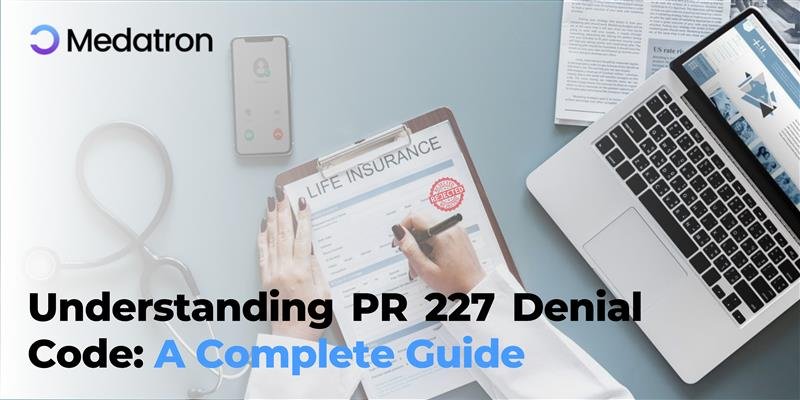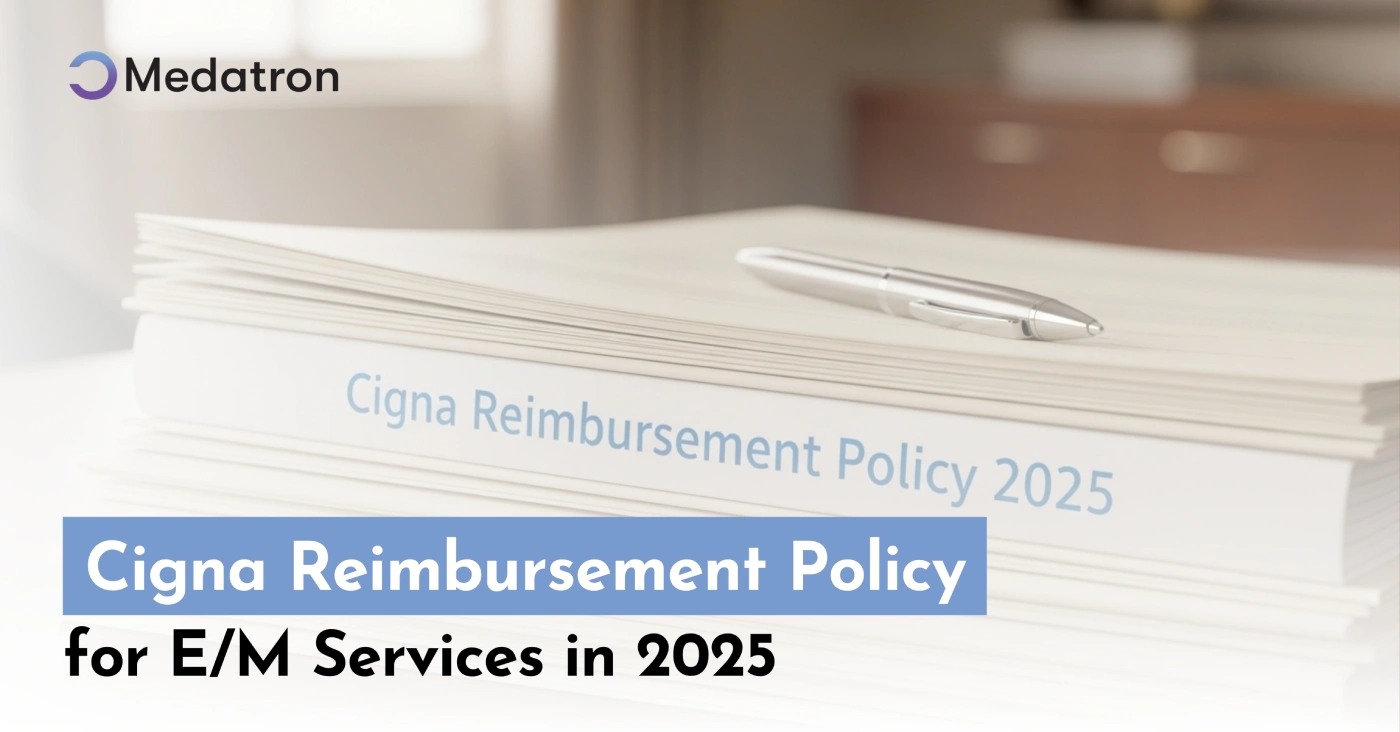Claim denial is one of the most common issues health providers and patients experience in medical billing and insurance claims. Among such denials, PR 227 is one such issue for physicians, particularly in the United States. This particular code for denial often leads to confusion and, therefore, is necessary to understand the meaning, reasons behind it, and how to solve the problem.
This blog will look at the PR 227 denial code, why it occurs, and practical approaches toward its resolution.
What is the PR 227 Denial Code?
The PR 227 denial code is an insurance denial that typically means the patient’s primary insurance is not responsible for the payment of the claim. Simply put, either the wrong payer has been submitted, or the patient’s primary insurance isn’t active or valid at the time of treatment.
This code sometimes gets applied where the claim is mistakenly submitted as if the payer were the primary insurance provider when, in fact, it could be secondary, tertiary, or no insurance at all. An error may be due to a missing detail or incorrect information, such as inaccurate insurance information or incorrect claim coding.
Causes for PR 227 Denial
There are many reasons why a PR 227 denial could occur. Some of the most common causes are outlined below.
Incorrect Primary Insurance Information:
The most common cause of this denial code is incorrect identification of the primary payer. When a claim is directed to the wrong insurer (for example, sending a claim to the secondary payer instead of the primary), the payer will deny it, which will come back as a PR 227 denial.
Inactive or Invalid Insurance:
PR 227 will deny the claim if the patient’s primary insurance coverage is no longer active or valid during the service. This can occur if a patient has just changed plans, missed a payment, or the insurance has expired.
COB Issues:
Sometimes, the coordination of benefits between multiple insurers may need to be established correctly. If one insurer is unaware of other payers’ involvement (secondary or tertiary), it can only allow the claim if it expects the primary payer to cover it first.
Wrong Insurance Plan Type
If the provider misidentifies the insurance plan (group health plan, Medicaid, etc.), this can be the reason for denial. For example, they send a claim to a commercial insurer when Medicaid is the primary payer, resulting in denial.
Duplicate Billing:
Another cause may be that the claim was submitted to the wrong payer more than once. In this case, there is confusion regarding which party is liable for making payments. Thus, the claim fails and gets rejected with PR 227.
Incomplete or Missing Information:
The insurance company may deny the claim if key information, such as the primary insurance details, was omitted or filled out incorrectly. Such information includes missing subscriber numbers and policy numbers, or the primary insurance was not identified.
How to Resolve PR 227 Denial
Receiving a PR 227 denial can be frustrating, but there are clear steps that can be taken to resolve it. Below is how to handle and fix the issue in detailed steps:
Review the Patient’s Insurance Information
- Check Primary Insurance: Check the information the system provides to ensure accuracy. Check policy number, type of coverage, and effective dates. Ensure that the payer for this claim is indeed the patient’s primary plan.
- Confirm Patient’s Active Coverage Verify that the patient’s insurance has not lapsed. You can do this by calling the payer or accessing the insurance verification system.
COB Verification
- Check the Sequence of Payors: If the patient is under more than one plan, confirm the sequence of payors and which one is billed first. The claim would be denied if it were mistakenly delivered to a secondary or tertiary payor.
- Obtain COB Information: If you are dealing with multiple insurance plans, following proper coordination of benefits is essential. You may need to obtain this information directly from the payer or use the Coordination of Benefits system (COB) to ensure that the correct payer is being billed.
Resubmit the Claim Correctly
Once you’ve verified and corrected the mistakes in the primary payer information, resubmit that claim. Ensure you update the insurance details on the claim form to reflect the correct primary payer so the claim pays according to all billing guidelines.
- Corrected Payer Code: When submitting the claim, use the correct payer code for the primary insurance.
- Precise Claim Forms: Check that the claim form is complete and accurate, including any documentation on the patient’s coverage with their insurance.
Submit an Appeal (If Applicable)
If the denial is still upheld after all your efforts, you will likely need to file an appeal. Your appeal letter must contain all relevant supporting documentation, including
- Patient’s insurance policy number and dates of coverage
- Copy of the denied claim
- A statement explaining the correct primary payer
- Any supporting documents (e.g., COB documentation, insurance verification letters)
Ensure that the appeal is sent within the payer’s required time frame. Many insurers have strict deadlines for filing appeals.
Contact the Payer for Clarification
If the claim is again denied after re-submission or an appeal, try calling the payer’s customer service or claims department for an explanation. Perhaps they can recognize a particular reason for denial that was not reviewed. They may even reverse the denial when examining the claim.
Tips to Avoid Denials Due to PR 227
Denials are sometimes unavoidable; however, several best practices for healthcare providers should minimize the occurrence of a PR 227 denial.
- Verify Correct Insurance Information: Before submitting the claim, verify the correct details of the patient’s insurance. This process may eliminate potential errors due to incorrect or expired insurance information.
- Timely Submission of Claims. Ensure timely submission of claims so that you have ample time to rectify any errors raised. This might give you more chances to catch errors at an early stage.
- Apply Electronic Eligibility Verification. Apply electronic systems for eligibility verification in verifying eligibility for coverage, and such a process can detect errors in coverage before the claim is submitted.
- Educate Staff on Billing Procedures: Educate your billing staff on using various insurance plans and how the benefits are coordinated.
Conclusion
The PR 227 denial code means that there’s a problem with the details of the patient’s primary insurance, making it unclear who will pay. Once the cause of this situation is understood, the patient’s insurance coverage should be checked, and proper procedures followed so the denial can be resolved and further similar issues averted.
Timely follow-up, accurate insurance verification, and a clear appeals process are key features of Medatron that help overcome PR 227 denials. So, contact us today to ensure a smoother billing process.







